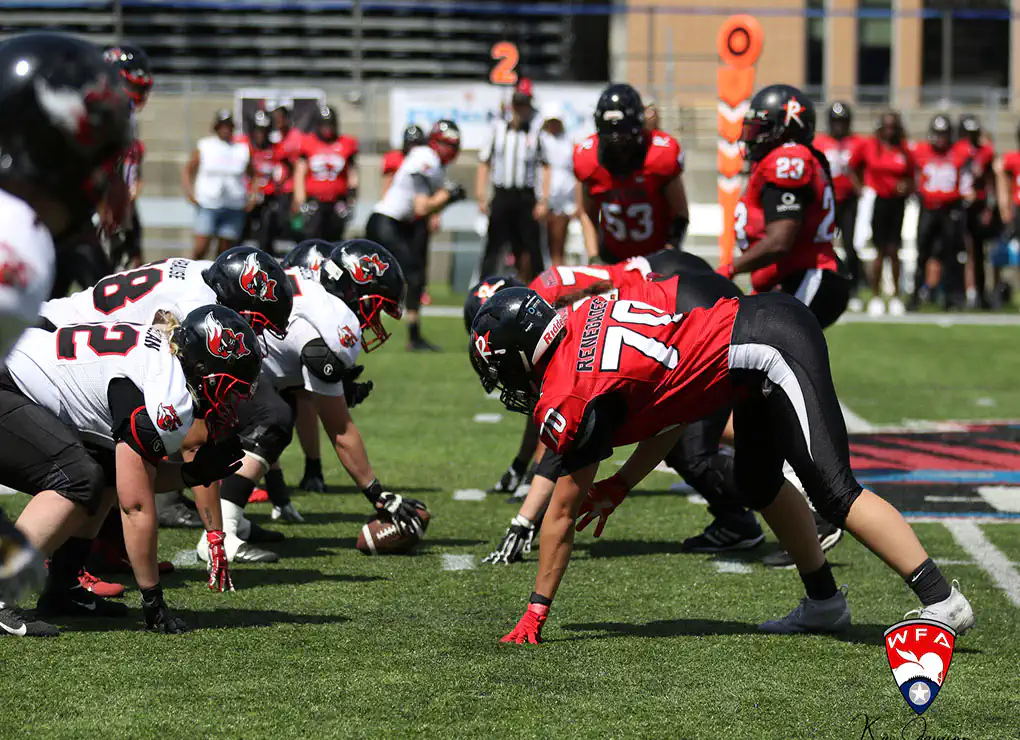A Comprehensive Guide to Junior Tennis Tournaments
The court thrums with anticipation, the sun glinting off freshly painted lines. Rackets gripped tightly, young athletes prepare to showcase their skills and determination. This is the electrifying world of junior tennis tournaments, a vital stage for aspiring players to develop their talent, test their mettle, and embark on a rewarding tennis journey.
Whether you call them junior tennis tournaments, youth tennis tournaments, or jr. tennis tournaments, these events provide a platform for young players to compete, learn, and grow. This guide delves into everything you need to know about junior tennis tournaments, from navigating the various types to preparing for competition and reaping the long-term benefits.
A World of Competition: Exploring Different Types of Junior Tennis Tournaments
Junior tennis tournaments come in a variety of flavors, catering to different age groups, skill levels, and governing bodies. Here’s a breakdown of the key factors to consider:
Age Divisions:
- 10 and Under (10U): This category introduces young players to competitive environments in a less pressured setting. Court sizes and equipment may be adjusted to suit developing skills.
- 12 and Under (12U): As players refine their technique and athleticism, competition intensifies. Full-size courts become the norm, and the level of play starts to show greater differentiation.
- 14 and Under (14U): This age group often witnesses a surge in competitive spirit. Players strive to refine their strategies and power their strokes for more dominant performances.
- 16 and Under (16U): At this stage, players aiming for regional or national recognition hone their skills and strive for consistency. Tournaments at this level become increasingly selective.
- 18 and Under (18U): This is the pinnacle of junior tennis, where future stars emerge. Players compete for national and international rankings, vying for scholarships and professional opportunities.
Skill Levels:
Many tournaments categorize players by skill level, ensuring a fairer playing field:
- Beginner: These tournaments offer a nurturing environment for players who are new to competition.
- Intermediate: Designed for players with developing skills, these tournaments provide a stepping stone to more advanced competition.
- Advanced: This level is for players with strong technique and experience, ready to face serious competition.
Sanctioning Bodies:
The governing body that organizes a tournament helps determine its prestige and format. Some prominent organizations include:
- International Tennis Federation (ITF): The ITF oversees the international junior circuit, offering a pathway to professional tennis.
- United States Tennis Association (USTA): The USTA organizes a comprehensive national junior tournament structure in the US.
- Lawn Tennis Association (LTA) (UK): Similar to the USTA, the LTA governs junior tennis tournaments in the United Kingdom.
Finding the Perfect Match: Choosing the Right Tournament
With a vast array of tournaments available, selecting the right one requires careful consideration. Here’s what you need to keep in mind:
Location & Dates: Look for tournaments geographically convenient and held at a time that aligns with your training schedule. Online resources like the USTA’s Tournament serve as valuable tools for searching tournaments by location and date. Cost & Registration: Tournament fees can vary depending on the level of competition. Registration deadlines are crucial; missing them can result in disqualification. Selection Process: Some high-level tournaments might require players to qualify through a separate competition before entering the main draw.
Preparing for a Junior Tennis Tournament
Meticulous preparation is key to performing at your best. Here are some steps to take before competing:
Training & Practice: Intensify your training regimen in the lead-up to the tournament. Focus on areas that require improvement, while maintaining a balanced practice schedule that prevents fatigue. Equipment & Gear: Ensure your racquet is properly strung and in good condition. Pack comfortable, breathable clothing and appropriate footwear that provides good traction. Don’t forget essentials like sunscreen, a hat, water bottle, and healthy snacks for sustained energy. Mental Preparation: Competing can be nerve-wracking. Practice visualization techniques to manage pre-match jitters. Develop a mental routine that helps you stay focused and maintain composure throughout the match.
The Lasting Benefits of Junior Tennis
Sportsmanship & Character Building: These lessons have lasting benefits on and off the court, shaping a well-rounded personality. College Athletics: Strong performances in junior tournaments can attract the attention of college coaches seeking talented players for their tennis programs. This opens doors to scholarship opportunities and a chance to further develop your skills at the collegiate level.
Junior tournaments are stepping stones on a lifelong tennis journey. The experiences gained – victories, defeats, friendships, and sportsmanship – contribute to your overall growth as a player and a person.










